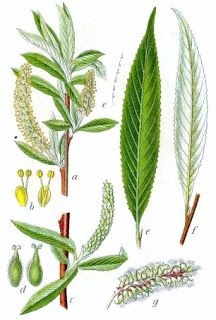

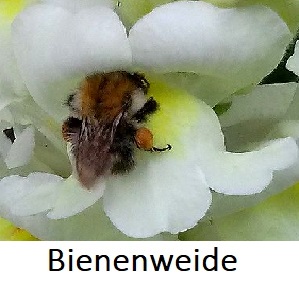
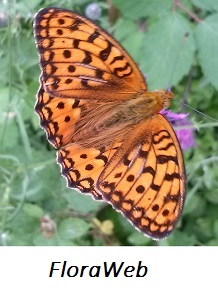
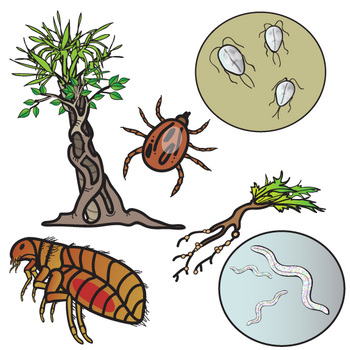
Kalenderblätter Bad Vöslau- SALIX ALBA (GBIF) , World Flora Online
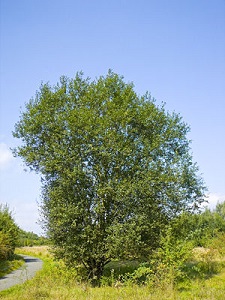




Kalenderblätter Bad Vöslau- SALIX CAPREA (GBIF) , World Flora Online
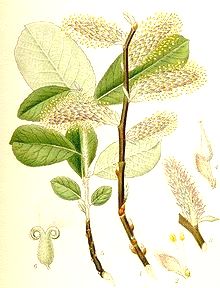




Kalenderblätter Bad Vöslau- SALIX CINEREA (GBIF) , World Flora Online
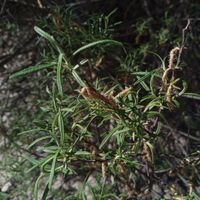


Kalenderblätter Bad Vöslau- SALIX ELEAGNOS (GBIF) , World Flora Online
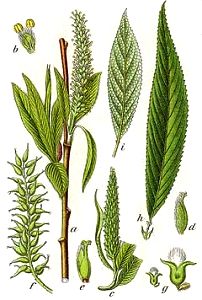




- SALIX FRAGILIS (GBIF) , World Flora Online
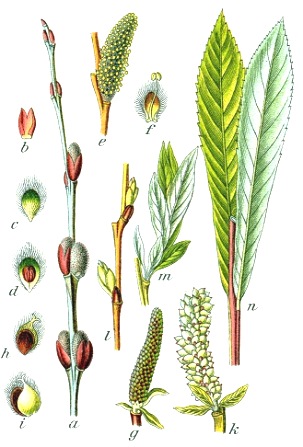




Kalenderblätter Bad Vöslau- SALIX PURPUREA (GBIF) , World Flora Online
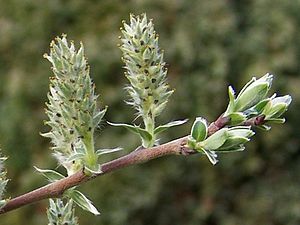




Kalenderblätter Bad Vöslau- SALIX REPENS (GBIF) , World Flora Online


Kalenderblätter Bad Vöslau- SALIX RUBENS (GBIF)





- SALIX TRIANDRA (GBIF) , World Flora Online
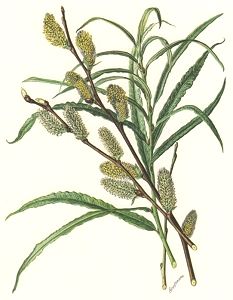




- SALIX VIMINALIS (GBIF)